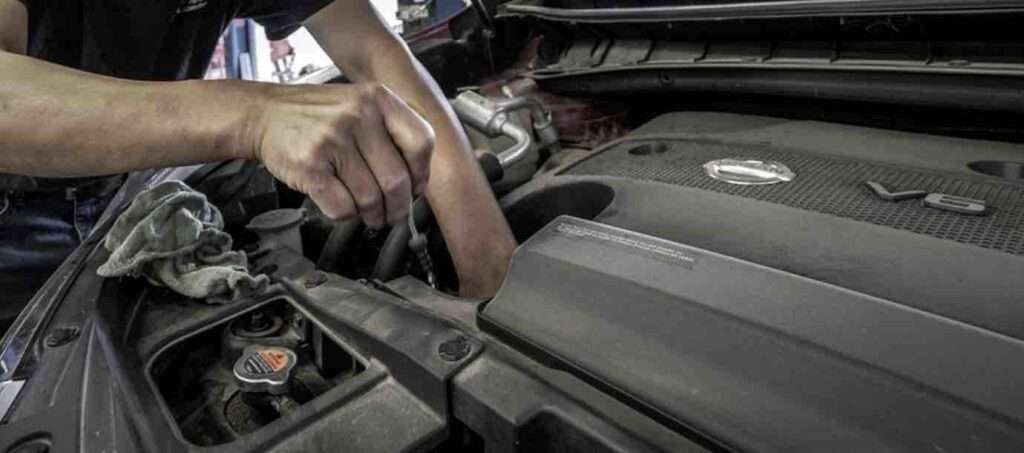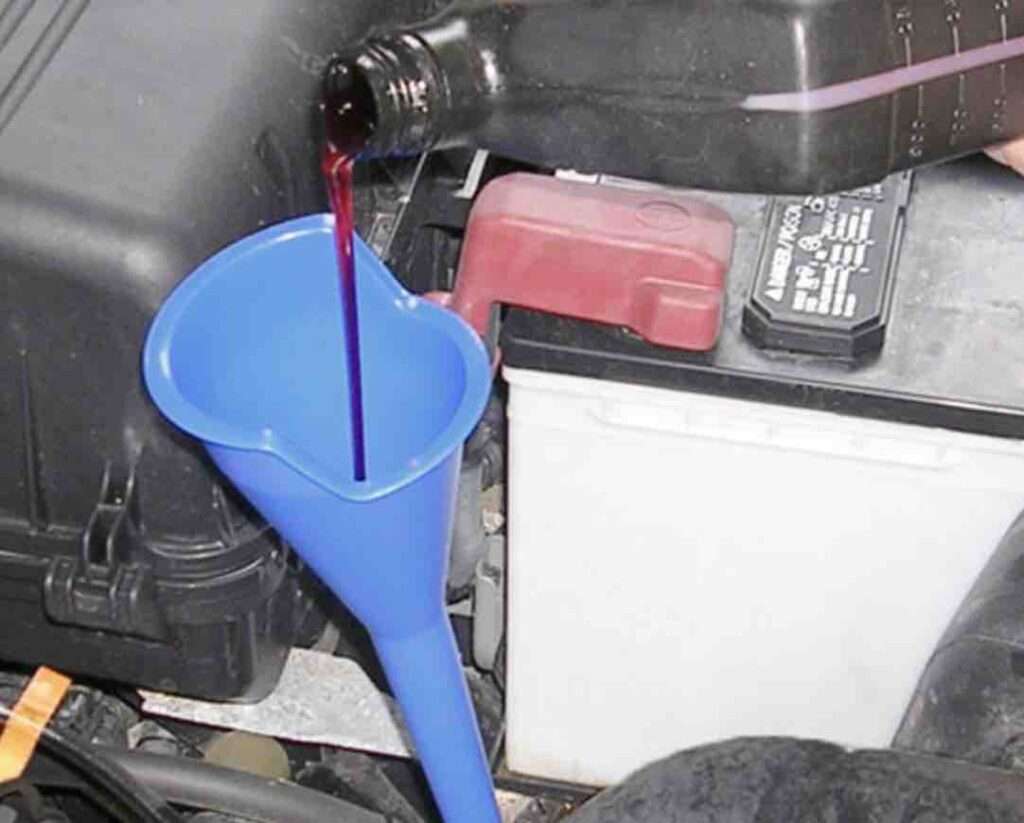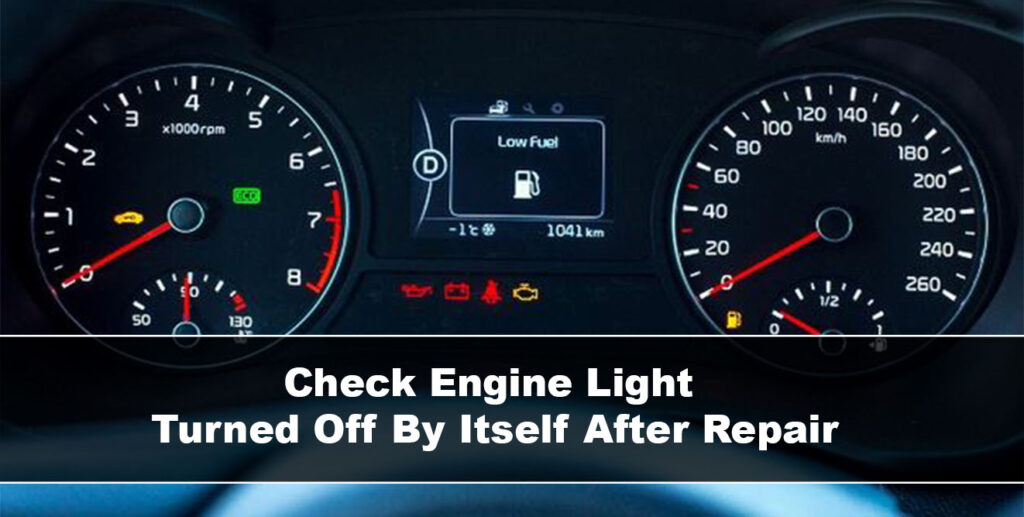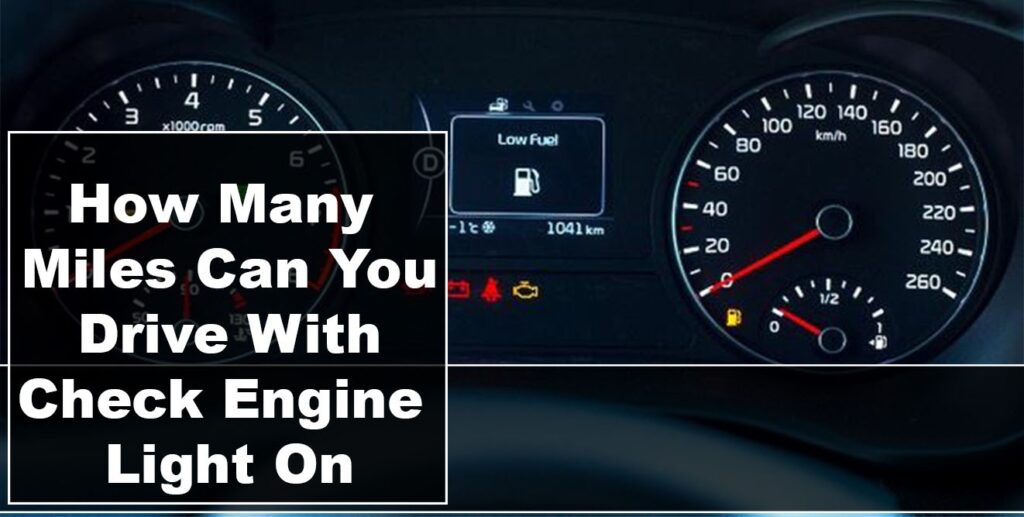Last updated on January 14th, 2023 at 10:12 am
Although, most vehicle owners and drivers need to be aware of the manufacturer’s recommended mileage when replacing the transmission fluid. Due lack of knowledge and negligence, a lot of drivers have experienced failures in the transmission of their vehicles and spent an unnecessary amount of dollars to proffer solutions to this issue.

Regardless of your vehicle type, you would want to keep your car’s transmission in good condition as you periodically change your transmission fluid at the required mileage. In the same vein, since the transmission fluid is vital to keeping your vehicle running smoothly and efficiently, it would be challenging if your transmission is terrible due to a lack of care as you embark on an essential business trip.
Notwithstanding, this article will examine and explore these typical issues, including; what happens if the transmission fluid is never changed, should you change transmission fluid on high-mileage cars, should I change transmission fluid after 300k miles, how long can a transmission last without changing fluid, what happens if I wait too long to change the transmission fluid, what are the symptoms of dirty transmission fluid, and more.
Similarly, if you’re inquisitive about when and the required interval at which you would change your transmission fluid, then you have no worries; cause we discuss all that here.
Read also: How To Fix Evaporative Emission System Leak? Large & Small Leak
Do this After 300,000 Miles Never Changed Transmission Fluid
Take your car to an auto store as soon as possible if you’ve reached the 300k-mile because you will need to change the transmission fluid. You don’t want to change the fluid yourself because you need an expert who will be able to inspect the transmission to make sure there are no problems before changing the fluid.
Chances are, if you have left the transmission fluid replacement for this long, the transmission itself may have started to wear or tear; so without proper inspection to ensure that the transmission is in google condition.
Also, one more reason why High-mileage cars from 200k to above 300k is quite risky to change the transmission fluid is that; while flushing or changing transmission fluid in a 300,000-mile vehicle, if not done by an experienced technician, can cause problems.
This is because varnish and debris can get into the transmission valve bodies: though transmission problems like slipping or flaring between shifts can be fixed with new fluid.
What Happens If Transmission Fluid Is Never Changed?
A colleague of mine once told me that “it is more-healthier to render preventive services and maintenance of any vehicle components rather than repairing and buying new parts for replacement.
Your transmission solely depends on how healthy your transmission fluid is as it regulates the temperature and keeps the moving components of your transmission from much wear and tear due to friction; if the transmission can’t function in this manner, it has deteriorated over time.
As regards this information, letting your transmission fluid stay and never change would cost you thousands of dollars to replace the transmission system or even its components when it becomes faulty because of accumulated dirt, which would also affect the transmission filter.
Should You Change Transmission Fluid On High-Mileage Cars?
Yes, of course, but this transmission fluid change depends on the vehicle mileage you get. If not, you risk transmission by changing the fluid since you drive a high-mileage car (s).
In essence, a high-mileage car would mean the vehicle is still running with the manufacturer’s fluid. Perchance, it would be best to allow it to be unless the fluid has become dirty.
However, if you insist on changing the transmission fluid of your high-mileage car even when it has yet to reach its mileage, then expect the failure of the transmission system sooner than later.
Should I Change Transmission Fluid After 300k Miles?
Perchance, changing your vehicle’s transmission fluid after 300k miles is vital to avoid your transmission failing to improve its functionality and prolong its lifespan. Contemporarily, most vehicle drivers incur transmission problems on their modern vehicles due to frequent changing of the transmission fluid.
Similarly, leaving your transmission for as long as 300k miles is an issue because it will alter and affect the color of the fluid from tinted-pink color to red to brown or even black.
So, when such a change occurs, the scenario indicates that your transmission fluid contaminates with some dirt (grime and girt) from a metal piece that has wearied out over time.
Problems emanating from transmission (CVT) are due to overstayed transmission fluid contaminated with debris and metal pieces in your vehicle’s transmission system.
Notwithstanding the kind of vehicle you operate, it would determine if you change or replace the transmission fluid at the required mileage range as recommended by your manufacturer.
How Long Can A Transmission Last Without Changing Fluid?
The range and mileage of your vehicle when you shouldn’t change the transmission fluid is crucial for you, a vehicle owner or driver, to be aware. Although, how long your transmission would last depends on your vehicle type.
Most manual vehicles’ fluid would last for 30,000 to 50,000 miles before recommending change. Similarly, if you have automatic cars, you would also have a typical mileage boost of 50,000 to 100,000 miles.
However, there is no harm in changing your vehicle’s transmission fluid after this mileage and range if the condition of your fluid is very much okay.
You could also change your fluid even before the scope stipulated by your manufacturers if the condition of your fluid is terrible to avoid damage to your transmission system.
Perchance consulting your vehicle’s manufacturer’s guide or certified mechanic would be necessary to help your car last longer than you could think.

What Happens If I Wait Too Long To Change Transmission Fluid?
You might expose your transmission to damage if you wouldn’t change the transmission fluid as instructed by your manufacturer during the process of your refusal or waiting for an extended period to replace the current fluid, which could have had a color change due to dirt and can as well no longer lubricate and absorb heat effectively.
With the incapacitation of this effectiveness, the transmission fluid would emanate more wear and tear to most of the transmission components, like the gears, clutches, and others. So far, if you are asking if changing the transmission enhances the overall performance of the transmission system? of course, it does improve and enhance the performance of your vehicle’s transmission when you might have changed the fluid at the recommended mileage.
What Are The Symptoms Of Dirty Transmission Fluid?
A good or clean transmission fluid affects the transmission positively and enables proper mechanism of the transmission system and your vehicle at large. Conversely, dirty or contaminated fluid would negatively affect the transmission system. As a vehicle owner or driver, you should be able to watch out for these symptoms which emanate from the dirty transmission fluid.
Here you have them!
- Overheated transmission system.
- Transmission fluid leakage
- Strange whining noise.
- Jerking or shuddering motion of the vehicle.
- High RPM as you shift the gears.
What Are The Signs That You Need A Transmission Flush?
When you would flush your transmission fluid depends on the signs below that indicate that your vehicle needs a flush.
- Your engine revitalizes when going around corners.
- A burning smell from the engine.
- Check the engine light, telling you your transmission temperature is very high.
- Strange noises like whining, buzzing, or even roaring when accelerating.
- Leakage transmission fluid due to damaged seals or gaskets.
- Issues emanate from shifting gears.
- High temperature.
However, it would be best if you were careful to notice above mentioned signs and quickly contact a professional for guidance on what to do next.
Should You Flush A High Mileage Transmission?
Yes, you can, but it depends on how high the mileage is and the model of your car. Since you know the transmission fluid’s efficacy in your vehicle’s transmission, whether you are operating with an automatic or manual gearbox or transmission, your vehicle transmission parts would wear out, and tiny particles could contaminate the fluid. Thus, this could propel and enhance damage.
So, flushing this dirty fluid would make much sense. Perchance, in your manufacturer’s service manual, especially for high-mileage transmission, get your mechanic to do the job at the appropriate mileage.
Should I Do A Transmission Flush On A High Mileage Vehicle?
However, you are not required to flush frequently; talk more of a high mileage vehicle. Per se, if your transmission is functionally working as needed and without contaminates, it is unnecessary to flush the fluid.
Although there is a discrepancy between the power-flush of transmission fluid and refilling a transmission fluid, according to research and my experience as a certified mechanic, power-flushing a high-mileage vehicle could technically dislodge sludge and other debris, leading to clogging even after introducing the new fluid.
So far, you should know the exact mileage range when your manufacturer recommends a transmission flush. So you would use your time and resources wisely.
Conclusion
To summarize this article, transmission fluid does more than lubricate the parts of your transmission as it keeps it shifting gears properly and smoothly.
It enhances the build-up of the hydraulic pressure to enable gear shift. Similarly, the cooling of the internal parts is effectively carried out by the transmission and, afterward, avoiding self-destruction due to high temperature.
Perchance, considering the most appropriate mileage to change your vehicle’s transmission fluid is so paramount maintenance lifestyle a vehicle owner or driver should imbibe.
Although, the essence of change of fluid at the correct interval I have stated in the above work. Always adhere to your manufacturer’s guide for 30,000 to 50,000 miles for manual vehicles and 50 000 to 100,000 miles for mileage.
So far, you can keep your vehicle throughout its lifespan as you have an excellent maintenance culture because it is easier to maintain your vehicle’s components (the transmission) than to repair them.
And finally, if after 300,000 Miles Never Changed Transmission Fluid make sure to have it first inspected by an expert mechanic before changing the fluid.
Do like and share this informative guide with others!
Related Articles:
- How to tighten a hose clamp
- Types of Hose Clamps and How to Remove Them
- Are Budget And Avis The Same Company?

Uchenna is a Radiographer and Auto parts mechanic who recently got his automotive diploma as an auto repair technician, and since then, has worked on fixing various car problems.
Working as just a radiographer, Uchenna didn’t just get all the fulfillment he desired, because he truly loved doing things tilted toward cars. As a kid, he would take apart his toy cars to see how they worked and would spend hours tinkering with his bike.
So, in 2017 he made the tough decision to become an auto mechanic. He threw himself into his studies and now loves every aspect of what he does.
He gets to work with his hands, solving problems and bringing cars back to life, and sharing his knowledge and easy quick-fix guide online are all part of what makes him feel fulfilled.




